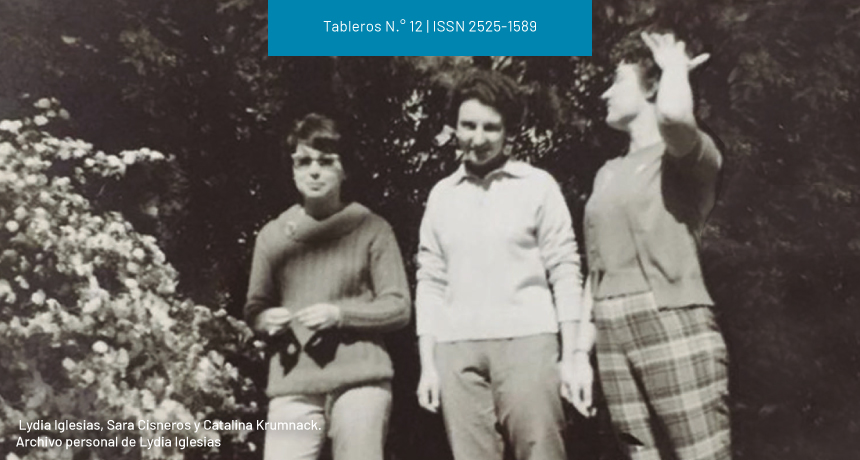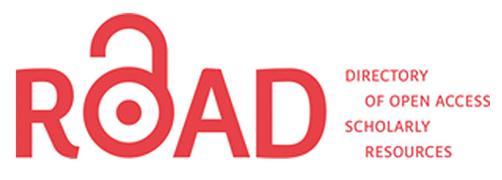La vuelta a la oficina en tiempos de COVID-19
Abstract
El trabajo de oficina fue uno de los tantos rubros afectados a causa de la pandemia, es por eso que resulta necesario repensar el diseño de mobiliario en dicho sector. El COVID-19 acelerará cambios que ya venían presentándose en el diseño de las oficinas, entre ellos la densidad. Sin dudas habrá un incremento en medidas que contribuyan a ampliar el distanciamiento físico entre colaboradores. Es por esto que las relaciones sociales laborales junto con la interacción cara a cara se ponen en riesgo con la aparición del coronavirus. El problema, entonces, será optimizar un sistema mobiliario en el ámbito laboral administrativo que posibilite desempeñar las relaciones sociales cara a cara entre los trabajadores, a partir de los nuevos protocolos de prevención. Con el surgimiento de la pandemia, los trabajos presenciales de oficina se vieron seriamente afectados y se han transformado en una especie de teletrabajo fijo desde el hogar. No obstante, hay momentos en los que no hay nada mejor que hablar con nuestros colaboradores en persona o tener una reunión presencial con los colegas. La comunicación cara a cara, la colaboración y el trabajo en equipo son fundamentales para el actual trabajo del conocimiento. Por otra parte, se ha planteado el concepto de seguridad percibida para generar la idea rectora. El objetivo, en este caso, es lograr que el usuario perciba al producto como seguro en sí mismo y, a su vez, disminuya en gran medida los riesgos de contagio mediante su resolución de diseño.Downloads
Downloads
Published
How to Cite
Issue
Section
License
Copyright (c) 2021 Francisco Russo

This work is licensed under a Creative Commons Attribution-NonCommercial-ShareAlike 4.0 International License.
The acceptance of the manuscript by the magazine means the non-exclusive cession of the property rights of the authors in favour of the editor, who allows the reuse, after publication (post print), under a license Attribution-NonCommercial-NoDerivatives 4.0 International.
According to these terms, the material can be copied and redistributed by any means or in any format as long as a) the author and original source of the publication are quoted (magazine and URL of the work), access to the license is provided and whether changes have been made is mentioned; and b) the material is not used for commercial purposes.
The cession of non-exclusive rights means that after the publication (post print) in Tableros the authors can publish their work in any language, means and format; in such cases it must be mentioned that the material was originally published in this magazine. Such cession also means the authorization of the authors for the work to be collected by SEDICI, the institutional archive of the Universidad Nacional de La Plata, and to be spread in the databases that the editorial team considers appropriate to increase the visibility of the publication and its authors.
Moreover, the magazine encourages the authors to deposit their productions in other institutional and thematic archives under the principle that offering the society the scientific and academic production without any restrictions contributes to a greater exchange of the global knowledge.























